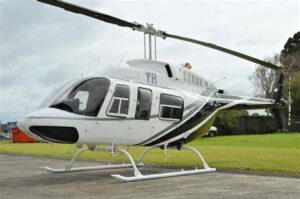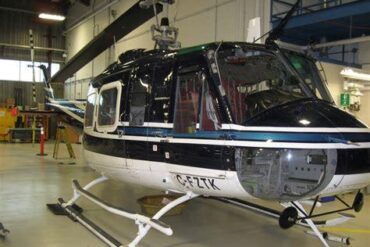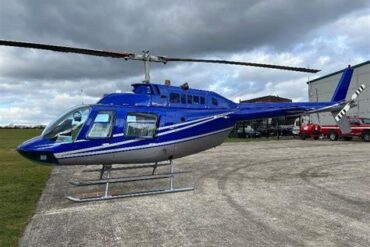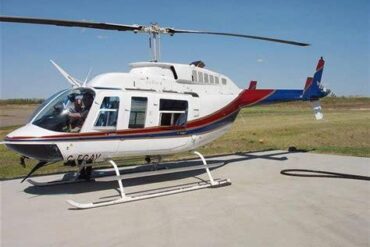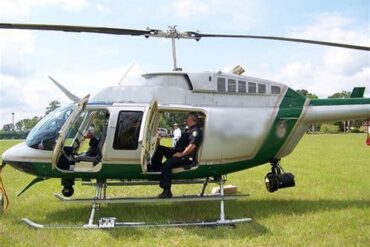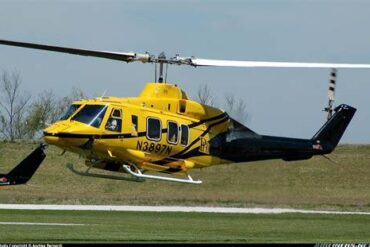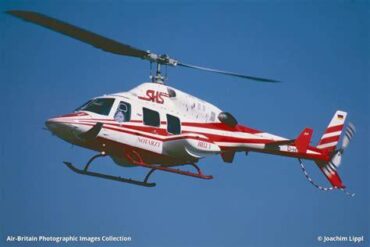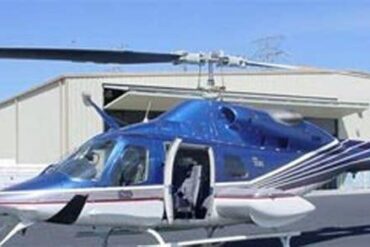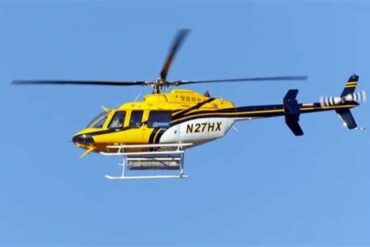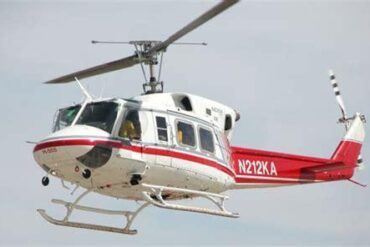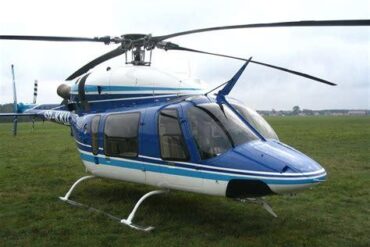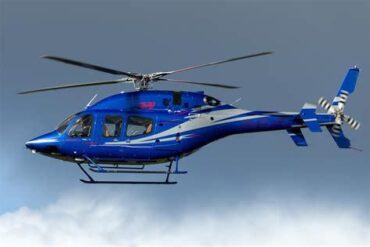The Bell 206L3, a well-known member of the Bell 206 family, is a versatile helicopter widely used in various sectors, including law enforcement, air ambulance services, and corporate transport. This article aims to provide a comprehensive overview of the price and operating costs associated with the Bell 206L3, shedding light on its value proposition for potential buyers and operators.
1. Overview of the Bell 206L3
The Bell 206L3, also known as the Long Ranger, features an extended fuselage, making it more spacious than its predecessors. With its powerful Rolls-Royce 250-C30P engine, the helicopter offers excellent performance, achieving a cruise speed of approximately 130 knots (150 mph) and a range of about 400 nautical miles (460 miles). The 206L3’s ability to carry up to 1,500 pounds of useful load, combined with its smooth flight characteristics, makes it a preferred choice for operators seeking efficiency and reliability in various missions.
2. Purchase Price of the Bell 206L3
When considering the acquisition of a Bell 206L3, understanding the purchase price is crucial. As of 2024, the market price for a used Bell 206L3 typically ranges from $800,000 to $1.5 million, depending on factors such as:
-
Aircraft condition: The age and maintenance history of the helicopter can significantly influence its price. Well-maintained models with low flight hours command higher prices.
-
Equipment and modifications: Additional features, such as advanced avionics, custom interiors, and enhanced safety systems, can increase the value of the aircraft.
-
Market demand: The current state of the helicopter market, including supply and demand dynamics, affects pricing. Fluctuations in demand can lead to price variations.
Investors should conduct thorough research and consult with aviation experts to determine the appropriate price range for their specific needs.
3. Operating Costs Overview
Operating a Bell 206L3 involves various costs that operators must consider to ensure the economic viability of their operations. Key components of operating costs include:
3.1 Fuel Costs
Fuel expenses constitute a significant portion of the overall operating costs. The Bell 206L3 consumes approximately 25 gallons per hour of fuel. Given the current average price of aviation fuel, which can fluctuate but is generally around $5 to $7 per gallon, operators should anticipate fuel costs ranging from $125 to $175 per hour. Regularly monitoring fuel prices and exploring fuel-efficient flying techniques can help mitigate these expenses.
3.2 Maintenance Costs
Maintenance is another crucial aspect of operating the Bell 206L3. The helicopter requires routine inspections and scheduled maintenance, adhering to the guidelines set forth by the Federal Aviation Administration (FAA). Annual maintenance costs typically range from $40,000 to $80,000, depending on flight hours and the complexity of required services. Major overhauls of the engine and components can significantly impact costs, with engine overhauls averaging around $250,000. Operators must budget accordingly to maintain compliance and ensure safety.
3.3 Insurance Costs
Insurance is an essential consideration for any helicopter operator. The cost of insurance for the Bell 206L3 can vary based on factors such as the operator’s experience, the intended use of the helicopter, and the coverage selected. On average, operators can expect to pay between $15,000 and $30,000 annually for insurance premiums. Proper insurance coverage is critical for protecting the investment and mitigating risks associated with helicopter operations.
3.4 Hangar and Parking Fees
Storage and parking expenses also contribute to the overall operating costs. Hangar fees can range from $500 to $2,500 per month, depending on the location and facilities offered. Operators should consider these costs when calculating their budget, particularly if they operate in regions with high real estate prices.
3.5 Crew Costs
For commercial operators, crew costs represent a significant portion of operating expenses. Salaries for pilots and maintenance personnel can vary based on experience and qualifications. On average, a Bell 206L3 pilot earns between $60,000 and $100,000 annually. If a full-time crew is employed, these costs can quickly accumulate, necessitating careful financial planning.
4. Total Operating Costs
Taking into account the various components discussed, the total operating costs for the Bell 206L3 can be summarized in the following table:
| Cost Component | Estimated Annual Cost |
|---|---|
| Fuel | $50,000 – $100,000 |
| Maintenance | $40,000 – $80,000 |
| Insurance | $15,000 – $30,000 |
| Hangar Fees | $6,000 – $30,000 |
| Crew Costs | $60,000 – $100,000 |
| Total | $171,000 – $340,000 |
These estimates suggest that operators can expect total annual operating costs to range from approximately $171,000 to $340,000, depending on their specific circumstances and operational scale. Understanding these costs helps operators make informed decisions regarding budget allocation and operational strategy.
5. Factors Affecting Operating Costs
Several factors can influence the operating costs of the Bell 206L3, including:
-
Usage: The more frequently the helicopter is flown, the more significant the operational costs. High-utilization operations may benefit from economies of scale.
-
Location: Operating in urban areas with high demand for helicopter services may lead to increased competition and potentially higher fees, while rural areas may have lower costs.
-
Regulatory Compliance: Meeting regulatory requirements can add to operating expenses, necessitating comprehensive planning and budgeting.
6. Conclusion
The Bell 206L3 remains a popular choice among helicopter operators due to its performance, reliability, and versatility. Understanding the purchase price and operating costs is crucial for anyone considering this helicopter. While the initial investment may seem significant, the potential for diverse operational applications and reliable performance can justify the expense. By carefully evaluating the various cost components and planning accordingly, operators can ensure they maximize the value of their investment in the Bell 206L3, contributing to the success of their aviation endeavors.
